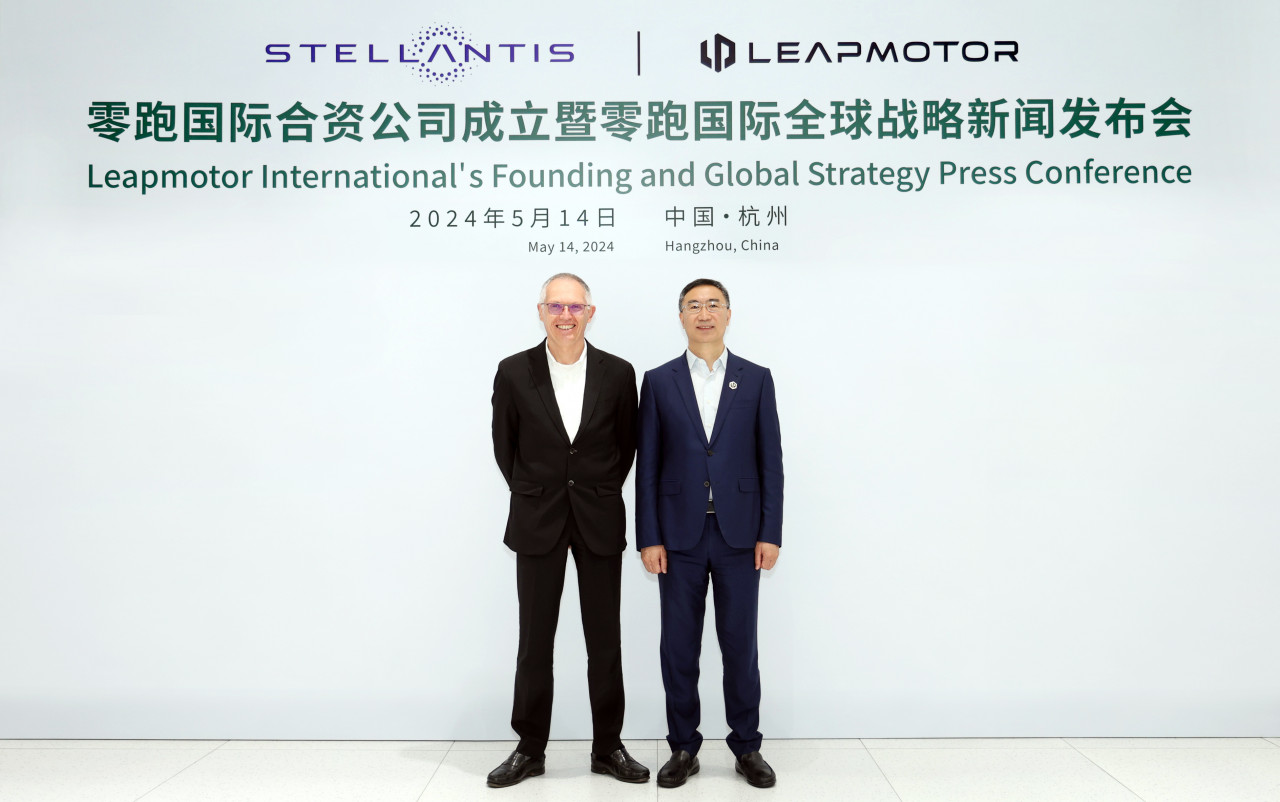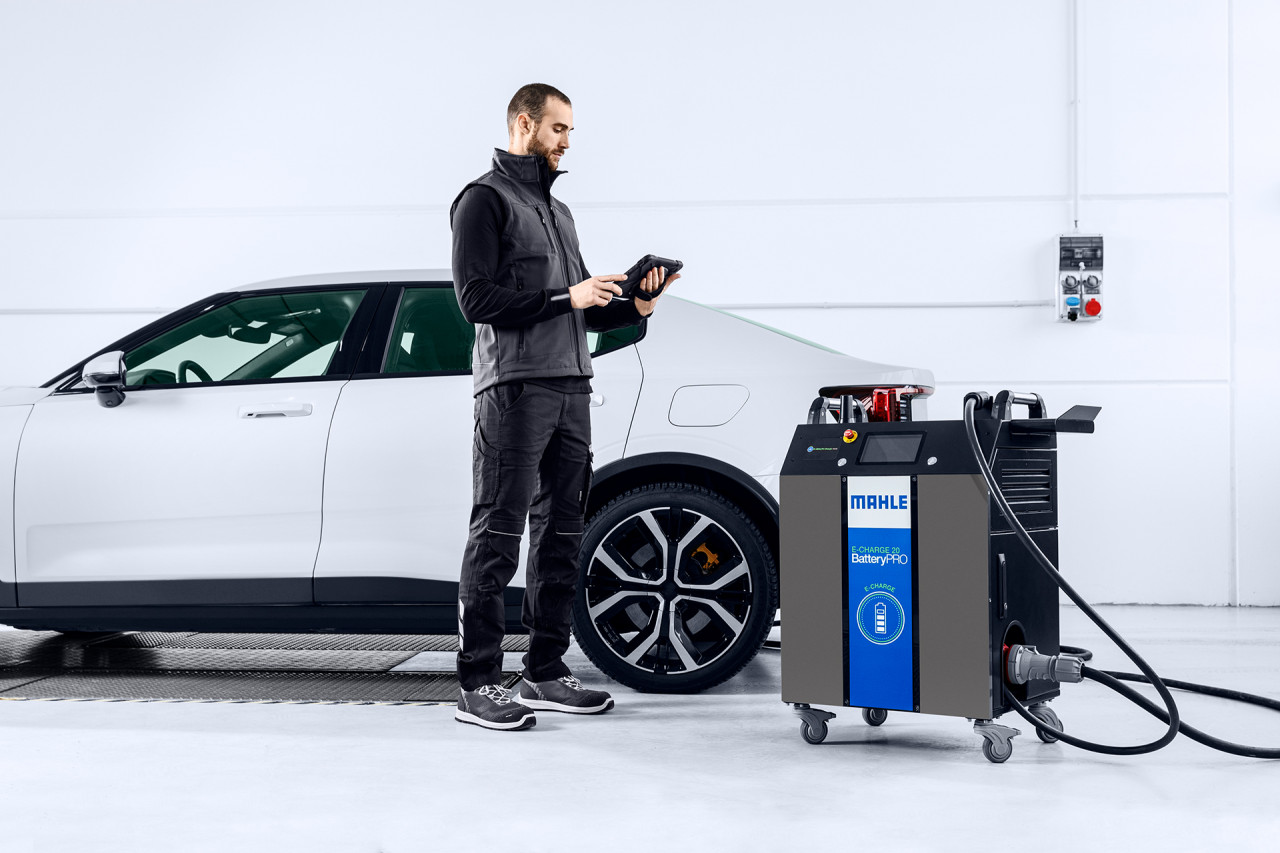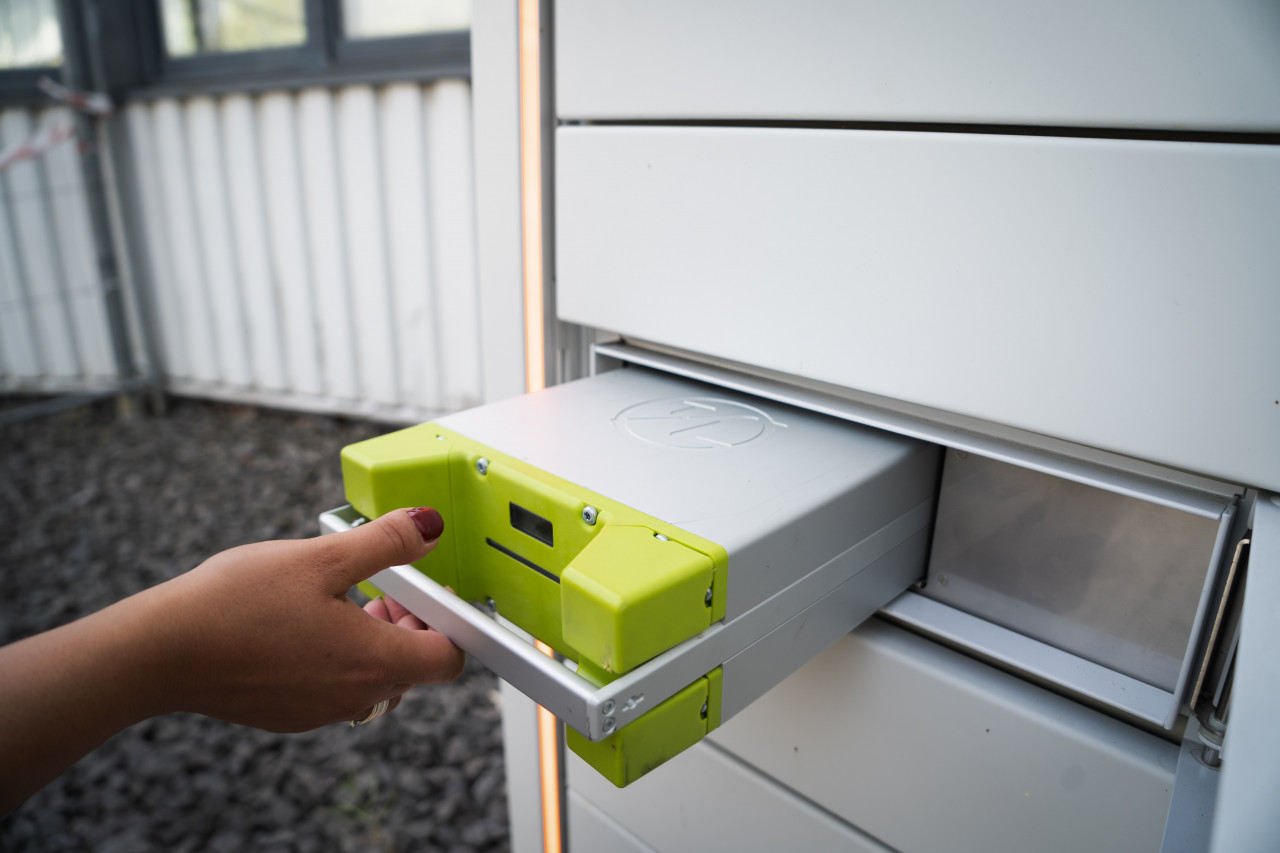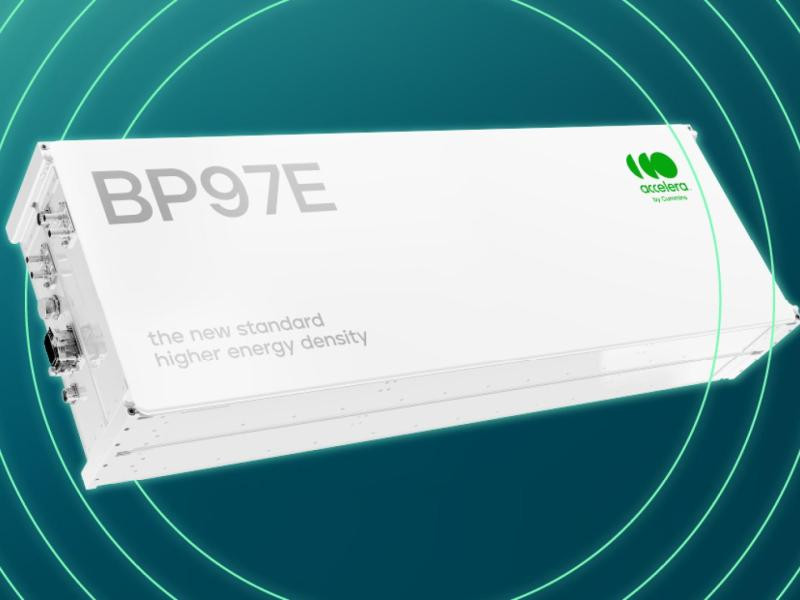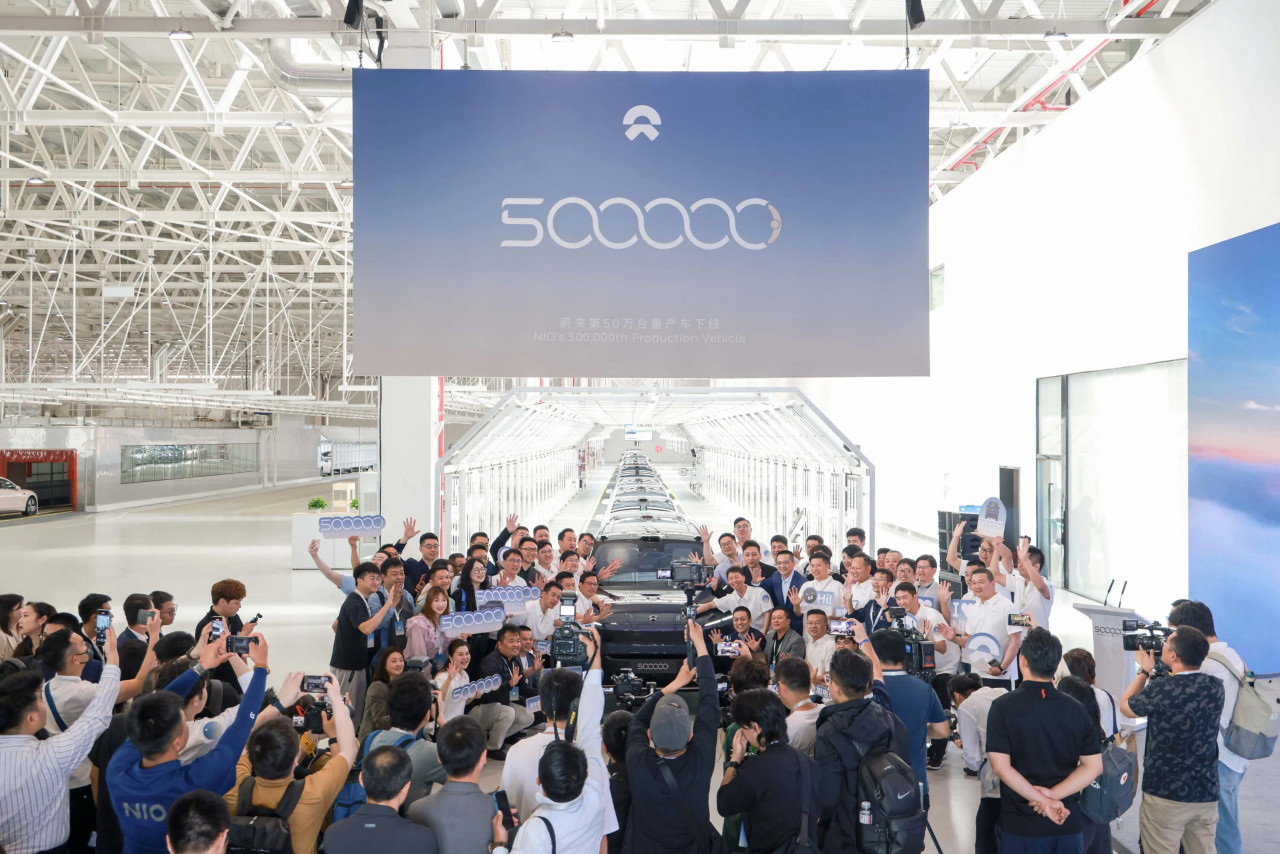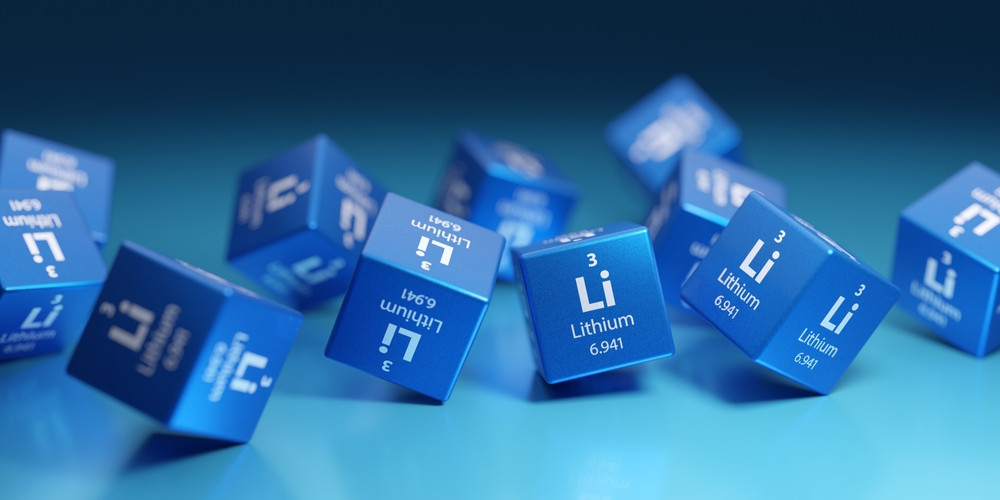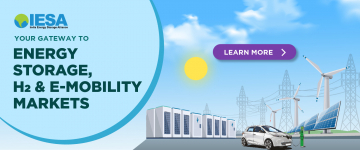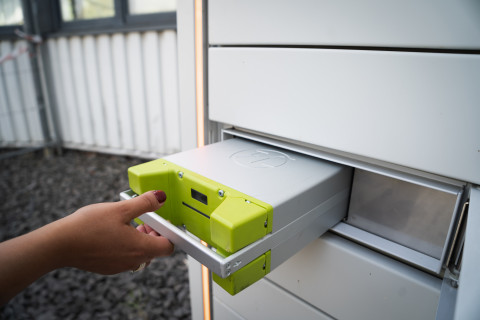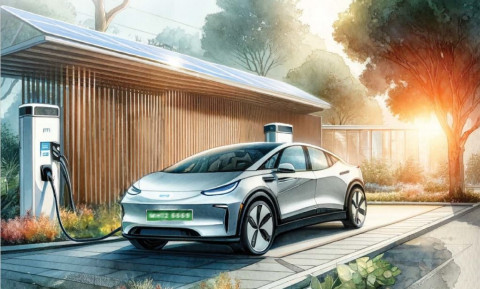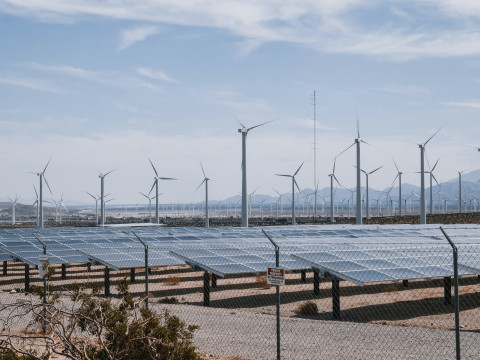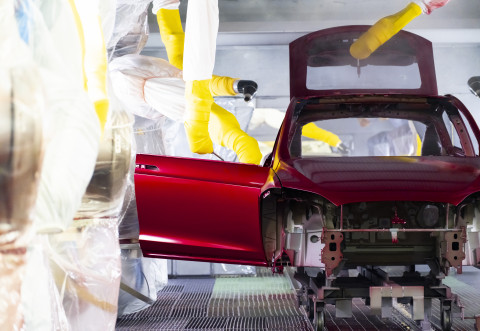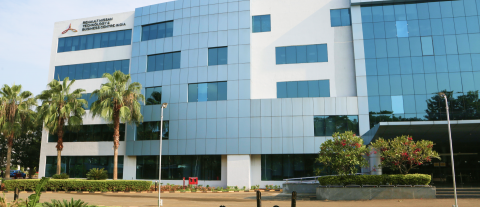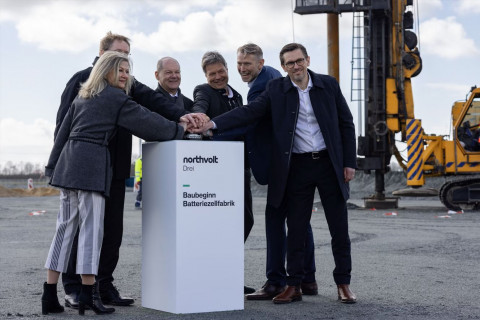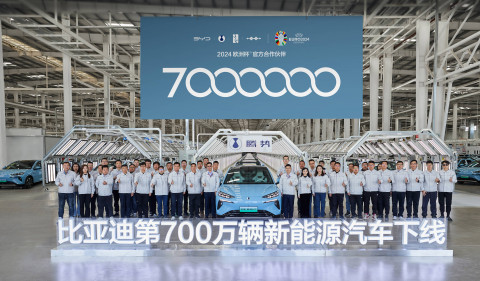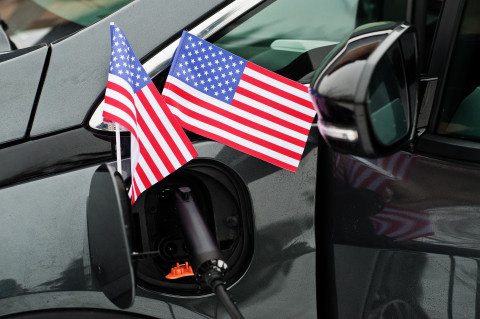India’s e-2W sector envisions a smooth ride towards e-mobility
The EV sales have increased in the past five years with an increase in the adoption of high-performance e-2Ws. Over the years, e-2Ws have penetrated the market and will continue to witness an increase in demand; accounting for nearly 97.5 percent of all EVs sold in FY20.
EV adoption in India over the next five years is going to be essentially driven by two-wheelers and three-wheelers. The e-2Wmarket in India is developing on account of increased government policies supporting battery-powered vehicles, the growing cognizance toward the environment, snowballing petrol prices, and strict emission norms. It is not a new development that there has been a constant push for the adoption of EVs in India for a few years now. India has shown considerable progress in the E2W space with serious players entering the EV market.
With a massive focus on e-mobility around the world, India needs to push the adoption of EVs and develop the infrastructure. Therefore, the centre has introduced several policies such as FAME II and the phased manufacturing plan for EVs. Even the State governments are offering additional subsidies for end consumers and have also introduced policies that have focussed on creating attractive incentives for OEMs to set up manufacturing plants. These initiatives will act as a catalyst to the development of the sector and will address the apprehensions of the manufacturers, sellers, and customers.
Recent government policies have taken into consideration the need to electrify the motorized 2W fleet. In 2019, the national government recommended a plan to sell only e-2Ws (up to 150 cc) from March 2025 onward.
Furthermore, to regulate the pollution emitted by vehicles, the central government has skipped Bharat Stage V (BSV) emission standards and directed that all vehicle manufacturers, both of 2W and 4W, manufacture and sell only BSVI vehicles from 1st April 2020. The strict emission standards have led to a surge in conventional fuel-based 2Ws' prices in the range of 7-15 percent, which is further projected to benefit the Indian electric scooter and motorcycle market.
As part of the drive towards e-mobility, the government now plans to set up more electric vehicle charging points across the country. Minister for Road, Transport and Highways Nitin Gadkari said that the Center's strategy is to set up at least one EV charging station at around 69,000 petrol pumps across the country, to drive people to use more EVs in the future.
Gadkari had also recommended that EV manufacturers should keep the cost of EVs down to appeal to more buyers and forfeit profit for the time being to reap the benefits later. He had said, "Reducing cost may result in some losses initially, but will bring great benefits. As a marketing strategy, you have to reduce the cost to get numbers."
Innovations in e-bikes are snowballing swiftly. Bulky lead-acid batteries have made way for much more compact and lighter nickel-cadmium and Li-ion batteries. Innovations have also given rise to novel trends including folding e-bikes and IoT-enabled smart e-bikes with app connectivity. With such development, e-bikes have become a highly sustainable and effective solution to the air pollution and traffic congestion woes of India.
For deriving the maximum revenue from the swiftly growing Indian e-2W market, there has been a surge in industry players as well as startups foraying into this space.
- Electric 2W manufacturer Okinawa has announced the launch of an e-2W - Okinawa Dual, designed with the delivery sector in view. It has also announced its plans to invest ₹150 crore in setting up a new manufacturing unit in Rajasthan, and roll out fresh products as it sets a target of selling 1 lakh units in the next financial year.
- Delhi-based e-2W manufacturer Komaki has introduced a new electric scooter in the market. It announced the launch of three battery-powered 2Ws - TN95, SE, and M5.
- Mumbai-based e-2W manufacturer Odysse Electric Vehicles has launched a series of low-speed electric scooters called the E2Go and E2Go Lite in the Indian market
- Mumbai-based Earth Energy EV has ventured into the e-2W segment with three new offerings. It has launched the Glyde+ electric scooter, and two electric motorcycles - EvolveR and the EvolveX - all of which, the company says has been completely developed in India.
- Bengaluru-based EV manufacturer Ola Electric has started testing its electric scooter and will commercially launch it soon.
- Ola has announced that it has partnered with Siemens to build India's most advanced EV manufacturing facility in Tamil Nadu worth ₹2,400 crore.
- Ahmedabad-based technology startup – Matter, has announced that it plans to unveil EVs and a range of energy solutions in India starting 2021.
- Public bike-sharing company SmartBike has announced that it has introduced its world-class e-bike and the country's first shaft transmission (no chain) NextGen bicycle in Chennai, in collaboration with Greater Chennai Corporation (GCC) and Chennai Smart City Ltd.
- Goa-based Kabira Mobility has launched two high-speed electric bikes - KM3000 and KM4000.
Industry Outlook for 2021
To learn more about the industry's viewpoint on the e-2W sector development in the year 2021, ETN connected with few prominent manufacturers, following are their views.
- Mr. Naveen Munjal, Managing Director, Hero Electric Vehicles
- Mr. Jeetender Sharma, Founder & Managing Director, Okinawa Autotech Pvt. Ltd
- Mr. Ravneet S. Phokela, Chief Business Officer, Ather Energy
- Mr. Rahul Shonak, Chief Operating Officer, Nexzu Mobility
Naveen Munjal, Managing Director - Hero Electric Vehicles
Expectations for the year 2021
With 2020 taking a hit as far as the entire vehicle market is concerned, e-2Ws however, had a silver lining. Through the lockdown, with the absence of petrol vehicles on road, the world noticed how clean the environment could be if we switched to electric on a global scale. This resulted in several thousand consumers in India alone opting for clean mobility in the form of electric two-wheelers and electric cars to an extent.
Going in 2021, I feel the trend would continue, as awareness levels rise. The e-mobility space has been slowly and steadily moving upward. Now with new norms, policies, and mandates by the government sectors; technological innovations and product offerings by the manufacturers; and self-actualization by the consumers; the numbers would only increase.
Product/Technology/Policy to stimulate sector growth
We firmly believe that government mandates will be the missing link between EVs and mass adoption. With existing policies pushing for subsidies offered to manufacturers, resulting in lower costs to consumers, it's a stepping stone to what further can be done. If government mandates for the conversion of all commercial use vehicles to EVs in sectors related to the delivery of goods, public transport, and last-mile mobility solutions; in a country like India, where most e-commerce deliveries take place on ICE 2Ws, the scale would be impactful and certainly stimulate the growth of the segment as non-commercial users would witness said mode as viable and sensible.
Growth plans for the year
While delivering cost-effective, value-for-money products has and always will be our mission, we feel there's a huge scope for improvement within the B2B segment. E-commerce being just one domain that could benefit from switching over to e-2W, there are several other ride-sharing, renting, e-bike taxi segments as well, which could reap plentiful by ditching fossil fuel-based vehicles for e-mobility and that's a key area we are working on – to develop and provide custom solutions for each business model, aiding them in not just adopting a cleaner fleet but also help reduce operational costs in the mid to long term.
Product launch/ facility development plans
We are constantly working towards developing better, newer, more advanced products for our consumers that perform better, offer more range, more features, more appeal, all while maintaining the price cap that India desires from a two-wheeler.
We have come out with several new variants offering a host of features and specs suited to various user requirements.
In the new vehicle segment, we have two new products lined up for 2021 – through which we aim to bring a fresh new look and appeal within the electric scooter segment.
Jeetender Sharma, Founder & Managing Director - Okinawa Autotech Pvt. Ltd
Expectations for the year 2021
We are very optimistic and hopeful that 2021 will be a turning point for EVs in India. It can prove to be a revolutionary year for the EV industry. As budget out recently, it has set the roadmap for the next few years. We are glad to see the government's increased customs duty on automobile parts, which will rightly encourage domestic manufacturing.
This year's budget also comes with an increased focus on strengthening the infrastructure of the country. Additionally, the commitment of ₹1.97 lakh crore for PLI schemes covering 13 sectors, also comes as a cheer for the industry.
Product/Technology/Policy to stimulate sector growth
It has become more evident that the Indian government aims to make India a major hub for EVs. With a total budget of $1.41 billion, the FAME II program has been deployed over three years from April 1, 2019, to benefit the EV sector. Speaking of which, we are the first Indian company to get a FAME II subsidy from the government of India. We believe that this push from the administration is estimated to make India one of the largest EV markets in the future. We are going to see the growth in sales pick up in the next three to four years. I truly believe FAME-II needs to be a policy for more than three years.
Growth plans for the year
For FY2021 we are targeting 50 percent growth in revenue. Since last year, we have doubled the digit revenue so far. A few of the industry reports highlight that the market share of Okinawa in India in the high-speed segment (>25 km) in FY2020 is 36 percent.
We are also coming up with a new facility and new products this year. The new manufacturing unit will be near the company's existing plant in Rajasthan. The new facility will have an annual capacity of five-six lakh units in the first phase and might go up to 10 lakh units soon.
Product launch/ facility development plans
At Okinawa Autotech, we started the year 2021 with a new product launch of 'Okinawa Dual', which is India's first B2B e-2W, designed to transform the delivery sector and enhance efficiency for businesses. The product is a first-of-its-kind vehicle designed to cater to the niche requirements of delivery. We launched the product in two colors - red and yellow, with a sturdy-built 70 percent metal body. At present, the company ensures 92 percent localization in its products and aims to take this to 100 percent by April 2021. There are multiple products in the pipeline for this year. We will be launching our first ever e-bike Oki100 in April, i.e., Q1 of FY2021-22.
Industry-readiness for ACC manufacturing
The government's recent announcement to extend the PLI scheme to the automobile sector, for manufacturing Advanced Chemistry Cells (ACC), is commendable. This will give a boost to local manufacturing, and intensify the domestic demand by further incentivizing individual and commercial consumption of EVs pan India. Such a holistic approach would create a thriving ecosystem for EVs and cement India's position as a global EV hub, offering abundant opportunities for growth and attracting huge investments for further innovation.
Ravneet S. Phokela, Chief Business Officer - Ather Energy
Expectations for the year 2021
2020 has been a tough year but largely positive for the EV industry. A new segment of consumers has been born that is now considering EV as a serious contender while making the purchase. On the demand side, people who had deferred their purchases are beginning to come back in the market, and that's been a positive development.
The EV industry is also witnessing growth in terms of young companies and new products evolving in the market. Demand has picked up and several ICE counterparts have also introduced their EVs in the market. The market is definitely turning in favor of electric in a big way. But the bigger change has been in the customer mindset. Today, people are walking into an EV showroom expecting to be wowed by EVs. EVs are seen as an upgrade with most customers expecting their current vehicles to be the last fossil fuel vehicles.
We would like to see policies around creating supplier parks at concessional rates, supplier-side incentives for import of raw materials, and incentives around CAPEX and R&D investments in India, which will go a long way in building up the supplier ecosystem in India.
Product/Technology/Policy to stimulate sector growth
The Central and State governments have been introducing multiple policies to promote EV adoption and encourage brands to introduce high-performance vehicles. In India, the demand was always there, but it needed strong, well-performing products that are viable alternatives to ICE vehicles to unlock this demand. Government policies such as FAME II have played an important part in this, by incentivizing high-performing products. If you look at petrol two-wheelers, at every price point consumers have multiple options, which is not the case in e-2Ws. Because of FAME II and its intent many players have introduced or are introducing high-performance e-2Ws. Traditional automakers entering the market have also prompted consumers to take EVs more seriously, and have expanded their appeal. EVs are no longer a compromise, thereby giving birth to a new set of consumers making the entire category more aspirational.
FAME II as a policy, we believe will stimulate the growth of this sector. Any policy that comes into play takes a few years to stabilize, 2019 and 2020 saw FAME II policy stabilizing and paved the way for traditional automakers to introduce new and powerful vehicles, which led to demand generation and 2021 will see the scale and distribution.
Technology is also going to excite the sector. EVs are adopting Internet-of-Things (IoT) technology; building product lines that are built around the benefits of connectivity and technology features. The EV industry will lead the move to a technology-backed shift in personal commute - from AI-enabled vehicle personalization, predictive maintenance, regular feature updates leading to shorter model cycles. Vehicles built on connected technology also allows for new business models - new ownership models that encompass everyday subscription-based ownership, usage-based models, etc.
Growth plans for the year
With the launch of our new scooter Ather 450X, we were preparing for 11 markets: Bangalore, Chennai, Mumbai, Pune, Delhi, Hyderabad, Kochi, Coimbatore, Kolkata, Calicut, and Ahmedabad, but by the end of 2020, we have added 16 new cities to our phase 2 of expansion - Mysore, Hubli, Jaipur, Indore, Panaji, Bhubaneshwar, Nasik, Surat, Chandigarh, Vijayawada, Visakhapatnam, Guwahati, Nagpur, Noida, Lucknow, and Siliguri. Our expansion plan will continue at a rapid pace and we expect to be in about 40-45 cities by the end of 2021.
The deliveries of the Ather 450X have begun in multiple markets already and will soon hit the roads across nearly all states in India in the coming months. We have already crossed the pre-COVID levels in terms of demand, our experience centers walk-ins, and even test ride requests. Also, in the last quarter, we have seen a 30 percent increase in sales.
2020 has largely been positive in terms of awareness, and 2021 will be all about scale and distribution. Our presence, reach and capability of delivering will be way higher this year and we are optimistic to grow multiple folds in this year. Our new factory is up and running at Hosur, Tamil Nadu, which can be scaled up to a capacity of half a million scooters a year and thereby letting us fulfill the demand across the country.
Product launch/ facility development plans
This year is all going to be about deliveries of the Ather 450X across the entire set of markets that are in the pipeline. In the 8 markets that Ather has a presence in, 74 charging points are already installed with more in the pipeline. No new product is planned for this year.
Industry-readiness for ACC manufacturing
The PLI scheme announced by the Central government for manufacturing ACC batteries looks like an interesting prospect and solidifies their intention of making the growing Indian automobile sector electric. This is a good move and will incentivize large domestic and international players in establishing a competitive ACC battery set-up in the country.
Rahul Shonak, Chief Operating Officer - Nexzu Mobility
Expectations for the year 2021
We believe that 2021 is the year of growth of the EV industry. We have seen a massive hike in the Y-o-Y growth in domestic EV adoption till 2019. Due to the pandemic though, the projected growth came to a halt in 2020. But, in hindsight, this period gave the consumers a chance to see how clean the environment can be if ICE vehicles go off the roads. Witnessing cleaner air during the lockdown was an unforgettable experience, because of which the post-pandemic consumer is more awake, aware, and environmentally conscious. So, 2021 will be a high-growth year for EVs, as well as for Nexzu. We are excited to be working on game-changing technology projects in the EV space to make e-mobility a mainstream concept in the country.
Product/Technology/Policy to stimulate sector growth
Let me take the example of e-cycles as a product and technology put together. Electric bicycles have been the turning point in the adoption of e-mobility in India as well as across Western markets. Nexzu has already put best-in-class electric bicycles to strengthen our sector and eco-system by bringing more 'locally (Indian) made products'. On the policy side, financing schemes to help suppliers to develop technology or even tooling, and policies towards financing research will propel our aim of stimulating growth in our sector.
Growth plans for the year
At Nexzu, we have a steady plan of growth in 2021. We will be launching next-generation electric bicycles for the domestic market and premium export destinations such as the United Kingdom and the United States. We are also working on critical technology development in the area of the powertrain.
Product launch/ facility development plans
We are geared up to launch two new electric bicycles to gratify a wider set of target audiences.
Industry-readiness for ACC manufacturing
At Nexzu, we are exploring a longer driving range in our products via research in battery technology. We welcome our policy maker's views on the 'Make in India' push, which also covers the ambit of battery manufacturing. The industry as a whole is working towards the common objective of bringing down the upfront cost of EVs, and domestic manufacturing of batteries will be a great step towards this goal. The consumer side will benefit from the Advance cell chemistry batteries.















